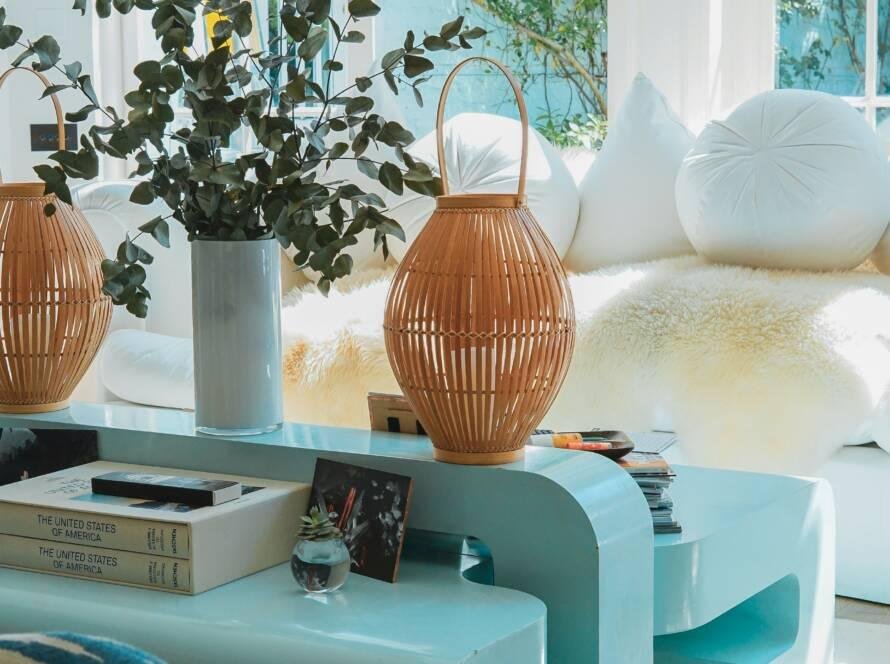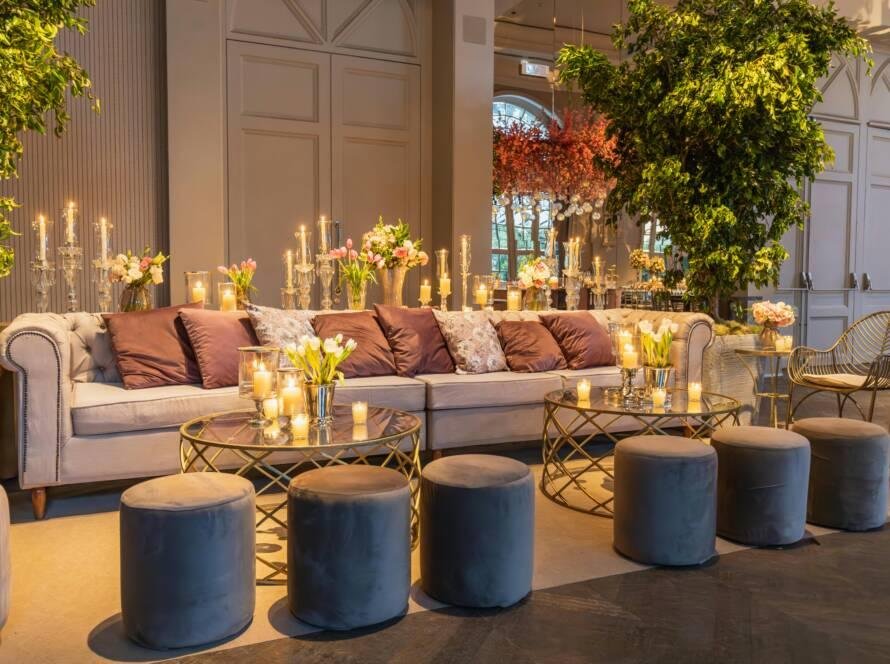Eco-friendly materials and designs focus on reducing environmental impact by minimizing waste, conserving resources, and using sustainable processes. Here are some options:
Eco-Friendly Materials
-
Natural Fibers
- Bamboo: Fast-growing and renewable; used in textiles, flooring, and furniture.
- Hemp: Durable, versatile, and requires less water than cotton.
- Cork: Harvested from cork oak trees without harming them; great for flooring, insulation, and accessories.
- Wool: Biodegradable and renewable, especially when ethically sourced.


2. Recycled Materials
- Recycled Plastic: PET bottles are repurposed for clothing, furniture, and building materials.
- Reclaimed Wood: Salvaged wood from old buildings or furniture for new construction and decor.
- Recycled Metals: Aluminum, steel, and copper can be reused for structural and aesthetic purposes.
3. Plant-Based Alternatives
- Mycelium: Grown from mushroom roots, used for packaging, furniture, and construction.
- Pineapple Leather (Piñatex): Made from pineapple leaf fibers; an alternative to traditional leather.
- Soy-Based Foam: Used in furniture and mattresses as an alternative to petroleum-based foam.
4. Biodegradable Options
-
- Bio-Plastics: Made from plant-based materials like corn starch or sugarcane.
- Paper-Based Materials: Recycled paper products for packaging and decor.
5. Innovative Materials
- Aerogel Insulation: Made from silica or plant-based sources for energy-efficient buildings.
- Ashcrete: A concrete alternative using recycled fly ash.

Applications in Design
- Architecture: Green roofs, living walls, and solar panels integrated into structures.
- Fashion: Slow fashion principles, including durable, repairable, and timeless styles.
- Interior Design: Sustainable furniture, natural textiles, and energy-efficient lighting.
- Packaging: Compostable materials, reusable containers, and minimalistic designs.



